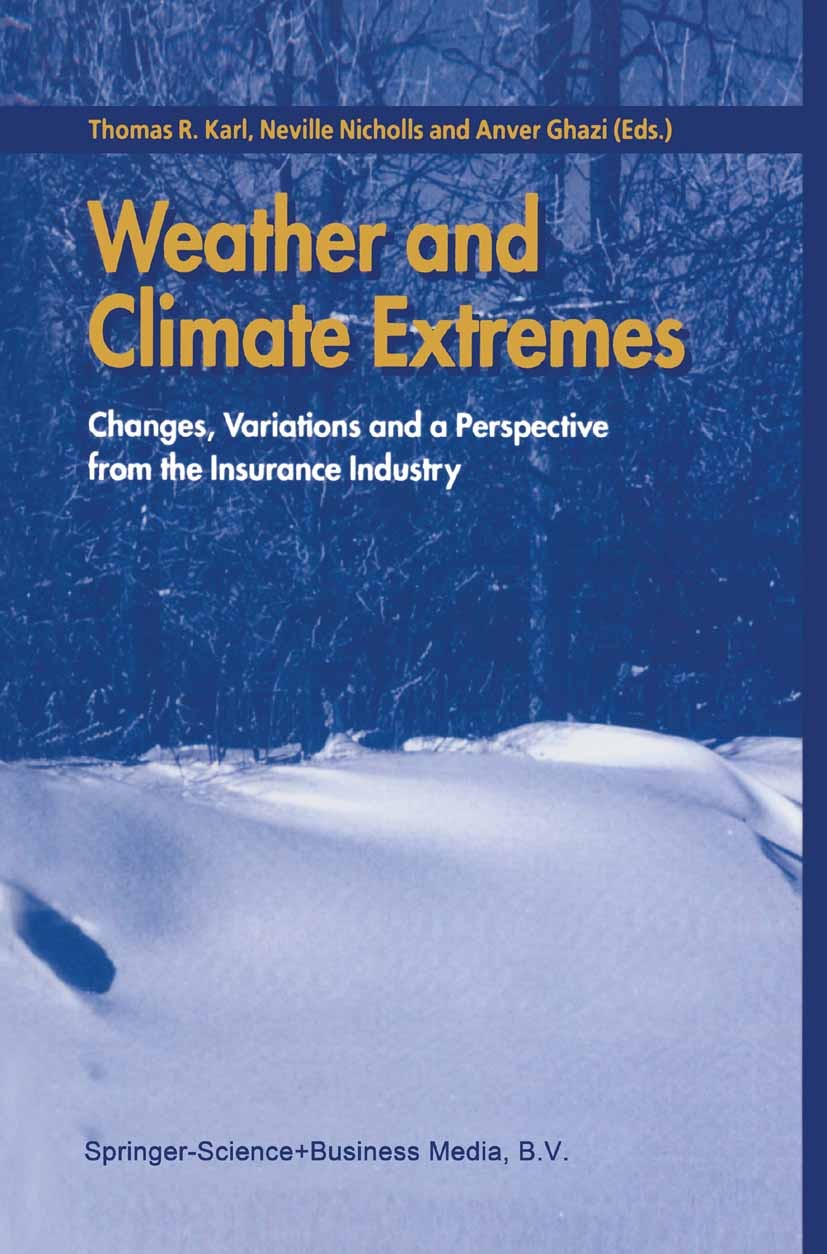塔克拉玛干沙漠中心地带空前降水事件的水汽来源
IF 6.9
1区 地球科学
Q1 METEOROLOGY & ATMOSPHERIC SCIENCES
引用次数: 0
摘要
位于中国西部的塔克拉玛干沙漠以降水稀少而闻名,2021 年 5 月 13-14 日,这里出现了前所未有的降水事件。然而,沙漠中心地带的水汽来源及其导致极端降水的原因仍未得到探索。在此,我们利用位于塔克拉玛干沙漠中心地带的塔中站的雨量计观测数据,采用 Flexpart 拉格朗日模型研究了此次异常降水事件的水汽来源和传输路径。目标区域位于 500 hPa 低槽以东,两个高层喷流入口的右侧和出口区域的左侧,为极端降水提供了有利的动力条件。我们的分析表明,来自目标区东部边界的水汽输送是此次极端降水事件的决定性因素,该水汽输送源自沿天山北侧的西风,随后转向南下至塔里木盆地。通过使用 Flexpart 模型,我们发现绕过天山、从天山东部边界进入目标地的东部颗粒物贡献了 61.7% 的降水量,而西部颗粒物仅贡献了 38.3%。在总体水汽来源方面,南疆的贡献最大,占 43.0%,其次是北疆,占 24.7%,中亚占 21.2%。我们的研究结果表明,在目标区域的极端降水事件中,水汽条件比动力因素发挥着更关键的作用。与目标区域极端降水事件相关的水汽主要来自南疆及其邻近地区。这些结果有助于我们更好地理解干旱地区,尤其是沙漠地区极端降水事件背后的机理。本文章由计算机程序翻译,如有差异,请以英文原文为准。
Moisture sources for the unprecedented precipitation event in the heart of Taklimakan desert
The Taklimakan desert, situated in western China and known for its scarcity of precipitation, experienced an unprecedented precipitation event on 13-14th May 2021. However, the moisture sources and the reason for such extreme precipitation in the heart of the desert remain unexplored. Here, leveraging rain gauge observations from Tazhong Station, situated in the heartland of the Taklimakan Desert, we employed the Flexpart Lagrangian model to examine the moisture source and transport path of this exceptional precipitation event. The target region is situated east of the 500 hPa low trough and to the right of the entrance and left of the exit area of the two upper-level jet streams, providing favorable dynamic conditions for extreme precipitation. Our analysis indicates that the water vapor transport from the eastern boundary of the target area, which originates from the westerly wind along the northern side of the Tianshan Mountains and later turns southward to the Tarim Basin, was the decisive factor for this extreme precipitation event. By employing the Flexpart model, we found that the east particles, which bypassed the Tianshan Mountains and entered the target from its eastern boundary contributed 61.7% of the precipitation, while the west particles contributed only 38.3%. Regarding overall moisture sources, southern Xinjiang emerged as the most significant contributor, accounting for 43.0% of the water vapor, followed by northern Xinjiang at 24.7%, and Central Asia at 21.2%. Our findings suggest that water vapor conditions play a more critical role than dynamic factors in driving such extreme precipitation events in the target area. The water vapor associated with the extreme precipitation event in the target area primarily originates from Southern Xinjiang and its adjacent regions. These results can help us improve the understanding of the mechanism behind extreme precipitation events in arid areas, especially in desert areas.
求助全文
通过发布文献求助,成功后即可免费获取论文全文。
去求助
来源期刊

Weather and Climate Extremes
Earth and Planetary Sciences-Atmospheric Science
CiteScore
11.00
自引率
7.50%
发文量
102
审稿时长
33 weeks
期刊介绍:
Weather and Climate Extremes
Target Audience:
Academics
Decision makers
International development agencies
Non-governmental organizations (NGOs)
Civil society
Focus Areas:
Research in weather and climate extremes
Monitoring and early warning systems
Assessment of vulnerability and impacts
Developing and implementing intervention policies
Effective risk management and adaptation practices
Engagement of local communities in adopting coping strategies
Information and communication strategies tailored to local and regional needs and circumstances
 求助内容:
求助内容: 应助结果提醒方式:
应助结果提醒方式:


